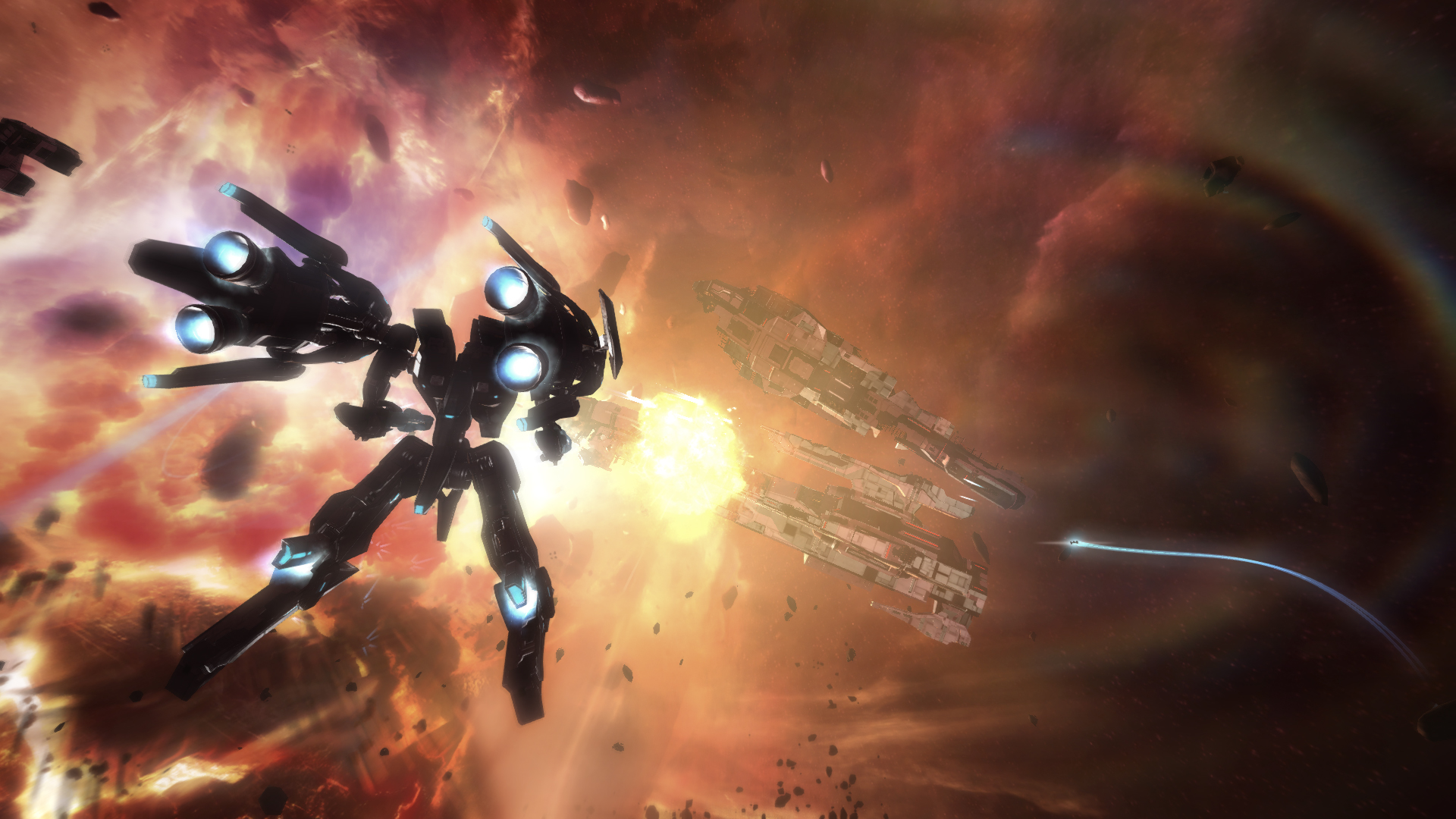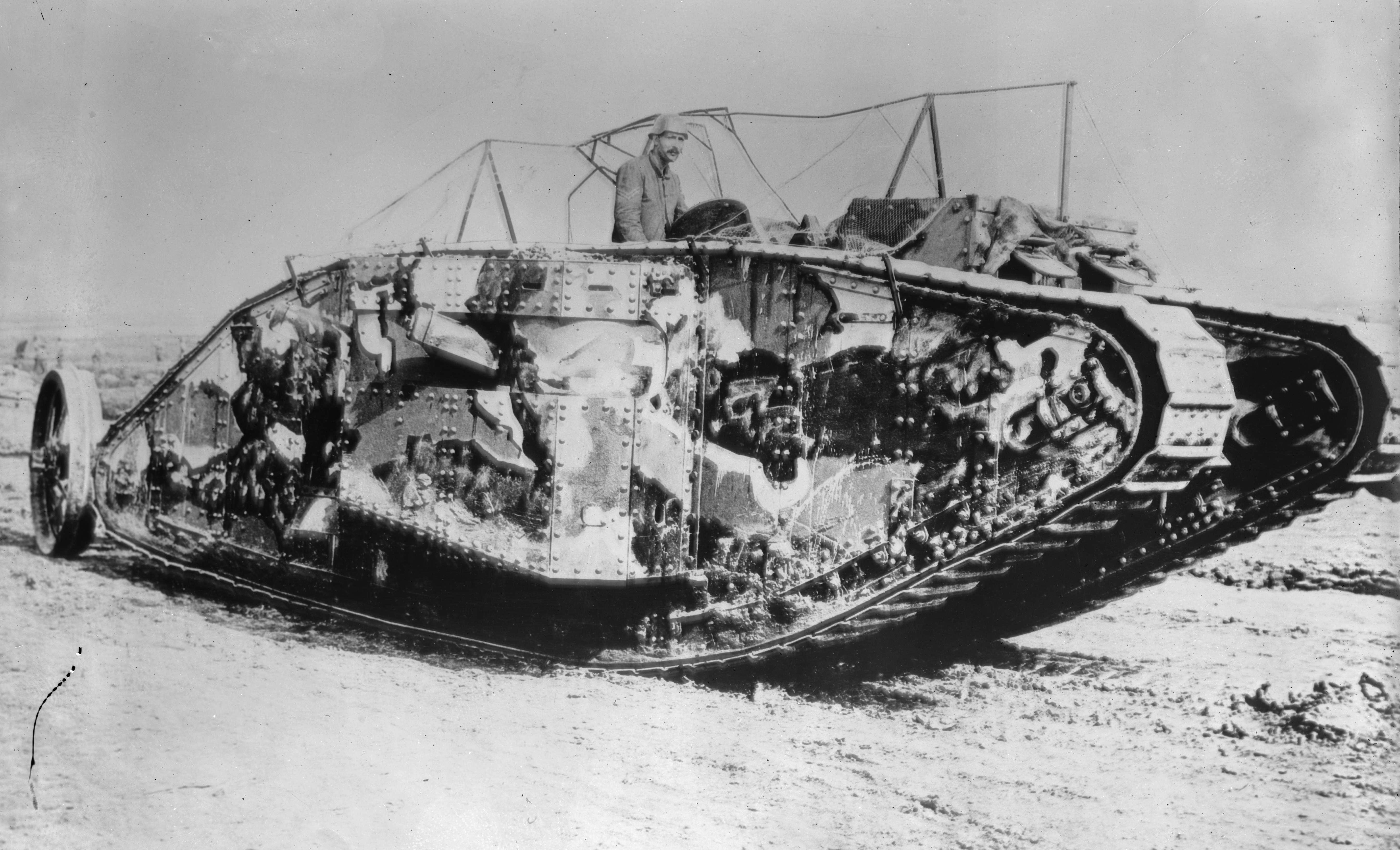|
Mecha
In science fiction, or mechs are giant robots or machines, typically depicted as piloted, humanoid walking vehicles. The term was first used in Japanese (language), Japanese after shortening the English loanword or , but the meaning in Japanese is more inclusive, and or 'giant robot' is the narrower term. Real mechs vary greatly in size and shape, but are distinguished from vehicles by their biomorphic appearance, and are often much larger than human beings. Different Genre#Subgenre, subgenres exist, with varying connotations of realism. The concept of Super Robot and Real Robot are two such examples found in Japanese anime and manga. Real-world piloted robots or non-robots Robot locomotion, robotic platforms, existing or planned, may also be called "mechs". In Japanese, "mechs" may refer to mobile machinery or vehicles (not including aircraft, cars, motorcycles and HGV) in general, piloted or Mobile robot, otherwise. Characteristics 'Mecha' is an abbreviation, first used ... [...More Info...] [...Related Items...] OR: [Wikipedia] [Google] [Baidu] |
Mechanical
Mechanical may refer to: Machine * Machine (mechanical), a system of mechanisms that shape the actuator input to achieve a specific application of output forces and movement * Mechanical calculator, a device used to perform the basic operations of arithmetic * Mechanical energy, the sum of potential energy and kinetic energy * Mechanical system, a system that manages the power of forces and movements to accomplish a task * Mechanism (engineering), a portion of a mechanical device Other * Mechanical (character), one of several characters in Shakespeare's ''A Midsummer Night's Dream'' * A kind of typeface in the VOX-ATypI classification See also * Machine, especially in opposition to an electronic item * '' Mechanical Animals'', the third full-length studio release by Marilyn Manson * Manufactured or artificial, especially in opposition to a biological or natural component * Automation, using machine decisions and processing instead of human * Mechanization, using machine labor ... [...More Info...] [...Related Items...] OR: [Wikipedia] [Google] [Baidu] |
Mechanism
Mechanism may refer to: *Mechanism (economics), a set of rules for a game designed to achieve a certain outcome **Mechanism design, the study of such mechanisms *Mechanism (engineering), rigid bodies connected by joints in order to accomplish a desired force and/or motion transmission * Mechanism (biology), explaining how a feature is created *Mechanism (philosophy), a theory that all natural phenomena can be explained by physical causes * Mechanism (sociology), a theory that all social phenomena can be explained by the existence of a deterministic mechanism Arts, films, and music * " The Mechanism", song by Disclosure * "Mechanism", song by Front Line Assembly from '' WarMech'' * ''The Mechanism'' (TV series), a Netflix TV series See also *Machine *Machine (mechanical) *Linkage (mechanical) *Mechanism of action, the means by which a drug exerts its biological effects *Defence mechanism, unconscious mechanisms aimed at reducing anxiety *Reaction mechanism, the sequence of re ... [...More Info...] [...Related Items...] OR: [Wikipedia] [Google] [Baidu] |
Computers
A computer is a machine that can be programmed to automatically carry out sequences of arithmetic or logical operations ('' computation''). Modern digital electronic computers can perform generic sets of operations known as ''programs'', which enable computers to perform a wide range of tasks. The term computer system may refer to a nominally complete computer that includes the hardware, operating system, software, and peripheral equipment needed and used for full operation; or to a group of computers that are linked and function together, such as a computer network or computer cluster. A broad range of industrial and consumer products use computers as control systems, including simple special-purpose devices like microwave ovens and remote controls, and factory devices like industrial robots. Computers are at the core of general-purpose devices such as personal computers and mobile devices such as smartphones. Computers power the Internet, which links billions o ... [...More Info...] [...Related Items...] OR: [Wikipedia] [Google] [Baidu] |
Real Robot
Mecha, also known as giant robot or simply robot, is a genre of anime and manga that feature mecha in battle. The genre is broken down into two subcategories; " super robot", featuring super-sized, implausible robots, and " real robot", where robots are governed by realistic physics and technological limitations. Mecha series cover a wide variety of genres, from action to comedy to drama, and the genre has expanded into other media, such as video game adaptations. Mecha has also contributed to the popularity of scale model robots. History The 1940 short manga featured a powered, piloted, mechanical octopus. The 1943 Yokoyama Ryūichi's propaganda manga featured a sword-wielding, steam-powered, giant humanoid mecha. The first series in the mecha genre was Mitsuteru Yokoyama's 1956 manga '' Tetsujin 28'', which was also released as an anime in 1963. Yokoyama was inspired to become a manga creator by Osamu Tezuka, and began serializing the manga in ''Shonen'', an iconic boy ... [...More Info...] [...Related Items...] OR: [Wikipedia] [Google] [Baidu] |
Tank
A tank is an armoured fighting vehicle intended as a primary offensive weapon in front-line ground combat. Tank designs are a balance of heavy firepower, strong armour, and battlefield mobility provided by tracks and a powerful engine; their main armament is often mounted within a turret. They are a mainstay of modern 20th and 21st century ground forces and a key part of combined arms combat. Modern tanks are versatile mobile land weapons platforms whose main armament is a large- calibre tank gun mounted in a rotating gun turret, supplemented by machine guns or other ranged weapons such as anti-tank guided missiles or rocket launchers. They have heavy vehicle armour which provides protection for the crew, the vehicle's munition storage, fuel tank and propulsion systems. The use of tracks rather than wheels provides improved operational mobility which allows the tank to overcome rugged terrain and adverse conditions such as mud and ice/snow better than wheele ... [...More Info...] [...Related Items...] OR: [Wikipedia] [Google] [Baidu] |
Gundam
is a Japanese military science fiction media franchise. Created by Yoshiyuki Tomino and Sunrise (now Bandai Namco Filmworks), the franchise features giant robots, or mecha, with the name "Gundam". The franchise began on April 7, 1979, with '' Mobile Suit Gundam'', a TV series that defined the " real robot" mecha anime genre by featuring giant robots called mobile suits (including the original titular mecha) in a militaristic setting. The popularity of the series and its merchandise spawned a franchise that includes 50 TV series, films and OVAs as well as manga, novels and video games, along with a whole industry of plastic model kits known as Gunpla which makes up 90 percent of the Japanese character plastic-model market. Academics in Japan have viewed the series as inspiration; in 2008, the virtual Gundam Academy was planned as the first academic institution based on an animated TV series. As of March 2020, the franchise is fully owned by Bandai Namco Holdings throu ... [...More Info...] [...Related Items...] OR: [Wikipedia] [Google] [Baidu] |
Powered Exoskeleton
An exoskeleton is a wearable device that augments, enables, assists, or enhances motion, posture, or physical activity through mechanical interaction with and force applied to the user’s body. Other common names for a wearable exoskeleton include exo, exo technology, assistive exoskeleton, and human augmentation exoskeleton. The term exosuit is sometimes used, but typically this refers specifically to a subset of exoskeletons composed largely of soft materials. The term wearable robot is also sometimes used to refer to an exoskeleton, and this does encompass a subset of exoskeletons; however, not all exoskeletons are robotic in nature. Similarly, some but not all exoskeletons can be categorized as Bionics, bionic devices. Exoskeletons are also related to Orthotics, orthoses (also called orthotics). Orthotics, Orthoses are devices such as braces and splints that provide physical support to an injured body part, such as a hand, arm, leg, or foot. The definition of exoskeleton a ... [...More Info...] [...Related Items...] OR: [Wikipedia] [Google] [Baidu] |
Vehicle
A vehicle () is a machine designed for self-propulsion, usually to transport people, cargo, or both. The term "vehicle" typically refers to land vehicles such as human-powered land vehicle, human-powered vehicles (e.g. bicycles, tricycles, velomobiles), animal-powered transports (e.g. horse-drawn vehicle, horse-drawn carriages/wagons, ox carts, dog sleds), motor vehicles (e.g. motorcycles, cars, trucks, buses, mobility scooters) and rail transport, railed vehicles (trains, trams and monorails), but more broadly also includes cable transport (aerial lift, cable cars and elevators), watercraft (ships, boats and underwater vehicles), amphibious vehicles (e.g. screw-propelled vehicles, hovercraft, seaplanes), aircraft (airplanes, helicopters, glider (aircraft), gliders and aerostats) and space vehicles (spacecraft, spaceplanes and launch vehicles). This article primarily concerns the more ubiquitous land vehicles, which can be broadly classified by the type of contact interface with ... [...More Info...] [...Related Items...] OR: [Wikipedia] [Google] [Baidu] |
Mobile Robot
A mobile robot is an automatic machine that is capable of locomotion.Hu, J.; Bhowmick, P.; Lanzon, A.,Group Coordinated Control of Networked Mobile Robots with Applications to Object Transportation IEEE Transactions on Vehicular Technology, 2021. Mobile robotics is usually considered to be a subfield of robotics and information engineering. Mobile robots have the capability to move around in their environment and are not fixed to one physical location. Mobile robots can be "autonomous" (AMR - autonomous mobile robot) which means they are capable of navigating an uncontrolled environment without the need for physical or electro-mechanical guidance devices.Hu, J.; Bhowmick, P.; Jang, I.; Arvin, F.; Lanzon, A.,A Decentralized Cluster Formation Containment Framework for Multirobot Systems IEEE Transactions on Robotics, 2021. Alternatively, mobile robots can rely on guidance devices that allow them to travel a pre-defined navigation route in relatively controlled space.Hu, J.; Tu ... [...More Info...] [...Related Items...] OR: [Wikipedia] [Google] [Baidu] |
Iron Monger
Iron Monger is an alias used by multiple fictional characters, supervillains appearing in American comic books published by Marvel Comics. The most well-known version, Obadiah Stane, first appeared in ''Iron Man'' #163 (Oct. 1982), and the Iron Monger armor first appeared in ''Iron Man'' #200 (Nov. 1985). Jeff Bridges portrayed Obadiah Stane in the 2008 Marvel Cinematic Universe film ''Iron Man'', and Kiff VandenHeuvel voiced him in the animated series '' What If...?''. Publication history Created by writer Dennis O'Neil and artist Luke McDonnell, Obadiah Stane debuted in ''Iron Man'' #163 ( Oct. 1982). The original Iron Monger armor makes its first appearance in ''Iron Man'' #200 ( Nov. 1985), created by O'Neil and artist Mark Bright. Fictional character biography Obadiah Stane Obadiah Stane was the original Iron Monger. When he was a child, his father was a degenerate gambler and Obadiah's mother had already died. One day, his father considered himself on a "lucky streak" ... [...More Info...] [...Related Items...] OR: [Wikipedia] [Google] [Baidu] |
Infantry
Infantry, or infantryman are a type of soldier who specialize in ground combat, typically fighting dismounted. Historically the term was used to describe foot soldiers, i.e. those who march and fight on foot. In modern usage, the term broadly encompasses a wide variety of subspecialties, including light infantry, irregular infantry, heavy infantry, mountain infantry, motorized infantry, mechanized infantry, Airborne forces, airborne infantry, Air assault, air assault infantry, and Marines, naval infantry. Other subtypes of infantry, such as line infantry and mounted infantry, were once commonplace but fell out of favor in the 1800s with the invention of more accurate and powerful weapons. Etymology and terminology In English, use of the term ''infantry'' began about the 1570s, describing soldiers who march and fight on foot. The word derives from Middle French , from older Italian (also Spanish) ''infanteria'' (foot soldiers too inexperienced for cavalry), from Latin '' ... [...More Info...] [...Related Items...] OR: [Wikipedia] [Google] [Baidu] |





